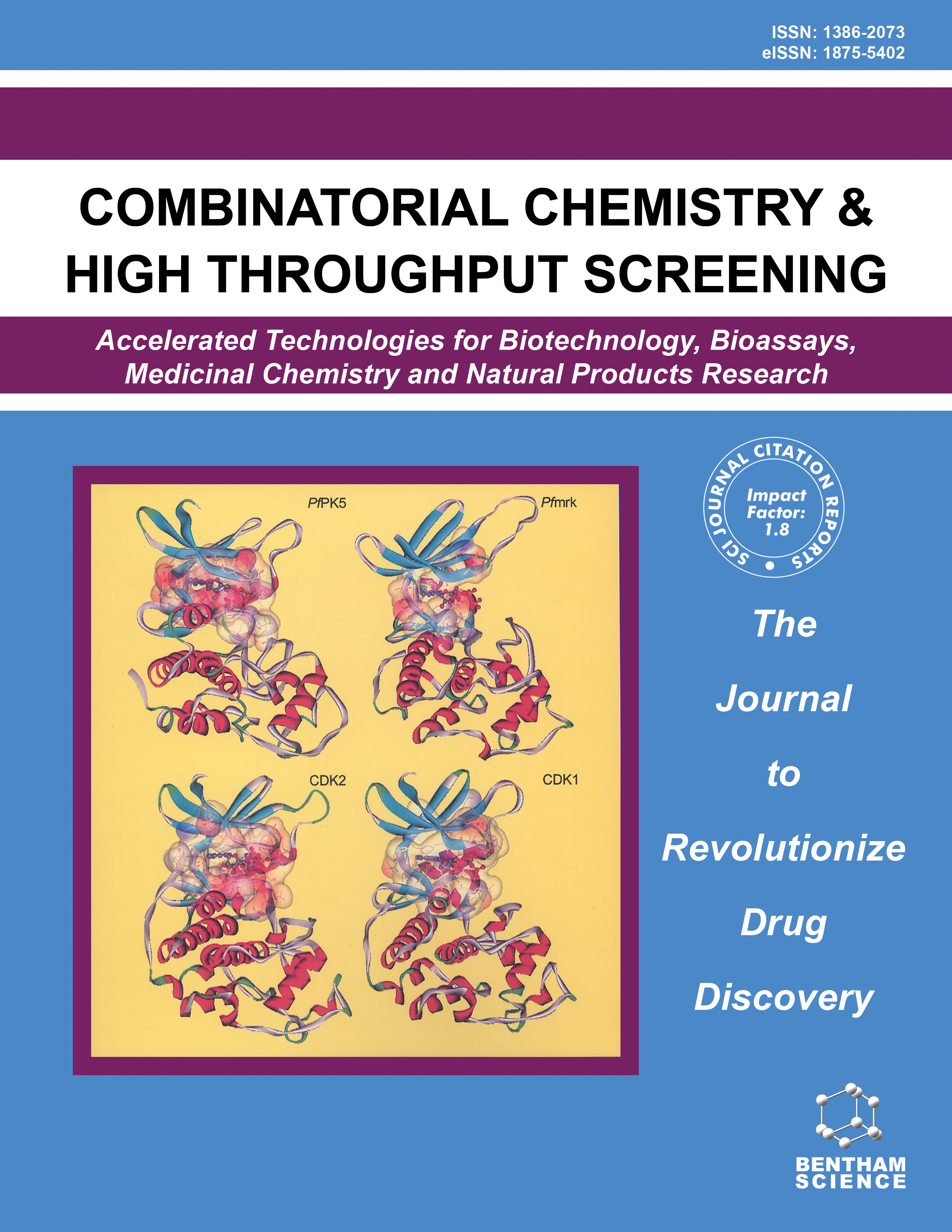-
oa Editorial [Hot topic: Rational Generation of Focused Chemical Libraries:An Update on Computational Approaches (Guest Editor: Rafael Gozalbes)]
- Source: Combinatorial Chemistry & High Throughput Screening, Volume 14, Issue 6, Jul 2011, p. 428 - 428
-
- 01 Jul 2011
- Previous Article
- Table of Contents
- Next Article
Abstract
In the early days of combinatorial chemistry, molecular diversity was the most important property to be considered for its application in drug discovery. Over the years, it was also realized that enrichment of chemical libraries with molecules of interest for particular targets could be another way to evolve compounds into realistic drug candidates. Thus, interest in library design has shifted towards the generation of the so-called target-class focused libraries. To address this question, several computational methods have emerged in order to make library design a cost-effective approach. Ligand and target-based in silico approaches have become common practice in the drug-discovery process. In addition to the search for target candidates, computational approaches are also playing a crucial role in predicting pharmacokinetics features of chemicals in the early stages of lead discovery. In this context, a myriad of computational models has also become an integrated part of the library design, especially to filter and discard compounds that are unlikely to become drugs prior to synthesis or commercial acquisition. In this special issue of Combinatorial Chemistry and High Throughput Screening, the authors provide an overview of selected advances in computational algorithms for the rational preparation of compound libraries. All of these techniques are reviewed and presented by authors coming both from the industry and academia, thus showing the complementary efforts and contributions from both sides. Very different strategies are presented, from ligand-based approaches (such as the generation of global or specific-target QSAR models, or the development of pharmacophore hypotheses) to target-based techniques (comparative modeling, docking and scoring approaches, virtual screening). Management of databases and fragment-based strategies are also discussed. Particular emphasis on real cases of application of all of these in silico approaches is provided, highlighting several success stories and thus demonstrating the very important role that chemoinformatics and molecular modeling techniques play in the generation of focused libraries and drug discovery.


